Sculpture is an art form that has been prevalent throughout human history, starting from ancient civilizations to the present day. It has continued to captivate and inspire audiences across the globe, symbolizing a society's values, beliefs, and artistic expression.
Sculpture is a three-dimensional art form that offers artists a unique medium for creative expression, pushing boundaries and challenging conventions. It reflects the complexity of human emotion, transcends time, and evokes emotions that words and images cannot.
Key Takeaways
- Sculpture has immense cultural significance and serves as a visual representation of a society's values and beliefs.
- It is a vital artistic discipline that continues to captivate and inspire audiences worldwide.
- The creation process of sculpture is a unique and tangible form of artistic expression.
- Sculpture has left an indelible mark on human civilization, from ancient masterpieces to modern iconic sculptures.
- Despite the advent of new art forms and technologies, sculpture continues to evolve and remain a relevant art form in contemporary society.
The Cultural Significance of Sculpture
Sculpture has played a vital role in reflecting and expressing the beliefs, values, and traditions of various cultures throughout history. From religious sculptures to commemorative statues, it serves as a visual representation of a society's cultural identity.
Throughout the ages, sculpture has been used to tell stories, communicate ideas, and convey emotions. For instance, ancient Egyptian sculptures depicted the gods and pharaohs, while the Greeks celebrated their heroes and deities in marble and bronze.
Similarly, in India, sculptures have been a part of religious tradition since ancient times, with elaborate temples adorned with intricate carvings and sculptures depicting gods and goddesses.
The Impact of Sculpture on Cultural Identity
Sculpture has always been a means of celebrating the unique cultural identity of a society. It serves to preserve their traditions and beliefs for future generations to learn from and appreciate.
Many sculptures are created to commemorate significant events and individuals throughout history. For instance, the Lincoln Memorial in Washington D.C., is a monumental sculpture created to honor the 16th President of the United States and to symbolize the ideas of freedom and democracy he stood for.
Moreover, sculptures serve as a visual reminder of a culture's values. The famous terracotta warriors of China, created over 2,000 years ago, are a symbol of the country's long and rich history, while the Christ the Redeemer statue in Brazil represents the dominant religious beliefs of the region.
Overall, sculpture has played an essential role in shaping the cultural identity of people across the globe, providing a tangible connection to their past, present, and future.
Sculpture as an Artistic Expression
Sculpture is an incredibly versatile and tactile art form, allowing artists to convey their ideas and emotions through three-dimensional form. Sculptures are created through a range of materials including wood, stone, metal, and clay, each requiring various techniques for manipulation.
The process of sculpting is complex and is often characterized by the exploration of form, texture, and volume. Sculptors work to bring out the unique qualities of the chosen material, often carving, molding, or casting to bring their intended design to life.
The Artistic Process
Creating a sculpture begins with an idea, often inspired by personal experiences, emotions, or social commentary. From there, the artist will sketch, model or prototype their design before moving on to the actual creation of the sculpture.
Once the initial design is established, the sculptor will work to ensure that the sculpture is balanced and proportionate, relying on their spatial visualization and technical skill to create a cohesive design. The final step is to refine the surface of the sculpture, adding texture and detail to create a visually dynamic and engaging piece of art.
Exploration of Form and Texture
Sculptors are able to manipulate their chosen medium in various ways to create a range of textures and forms, adding depth and dimension to their designs. Wood, for example, can be carved to reveal intricate details, while stone can be shaped to create smooth curves and lines.
The choice of material and technique used can be used to evoke specific emotions or to represent certain ideas. Sculptors can also experiment with scale, creating sculptures that range from small and intimate, to large and imposing.
The Interaction with Surroundings and Viewers
Sculptures can evoke a range of emotions and meanings, depending on the viewer's interpretation. The way a sculpture interacts with its surroundings, whether in a gallery or outdoor setting, can also influence its meaning and impact on the viewer.
Traditional concepts of static sculptures have been challenged in recent years with the advent of installation art. This form of sculpture involves creating an environment or setting in which the sculpture becomes an integrated part of the experience, engaging the viewer in a more dynamic and immersive way.
Sculpture continues to be a vital and dynamic artistic discipline, constantly pushing boundaries and challenging conventions. By using a range of materials and techniques, sculptors create visually engaging and emotionally impactful works of art that reflect the ever-changing nature of the world around us.
Sculpture's Historical Impact
Sculpture has played a significant role in shaping the course of human history. From the ancient civilizations to modern times, sculptures have served as potent symbols of power, political statements, and reflections of societal values.
One of the most famous examples of sculpture in history is the Great Sphinx of Giza, which stands as a testament to the power and grandeur of the ancient Egyptians. Sculptures were also used extensively in ancient Greece, where they were considered the highest form of artistic expression. Greek sculptures depicted gods, goddesses, and mythological creatures, revealing their beliefs and values.
Sculpture continued to play a key role in shaping the course of history throughout the Renaissance and beyond. Renaissance sculptors, such as Michelangelo, created some of the most iconic sculptures in history, including the famous David statue, which still captivates audiences today.
The Historical Significance of Sculptures
Sculptures have historically been used to commemorate significant events and individuals, from the carvings on the walls of ancient temples to the statues of political leaders and war heroes. They have served as a means of storytelling, conveying the values and beliefs of a society through three-dimensional form.
In many cases, sculptures were used to perpetuate a political ideology or agenda, conveying messages to the masses through the use of imagery and symbolism. In the Soviet Union, for example, monumental sculptures were used to celebrate the achievements of communism and promote the Soviet way of life.
In recent years, sculptures have continued to play an important role in shaping the course of history. From the 9/11 Memorial in New York City to the Peace Monument in Hiroshima, sculptures continue to inspire and provoke thought, providing a lasting testament to the events and people they commemorate.
The Contemporary Relevance of Sculpture
In today's fast-paced world, where technology is constantly advancing, sculpture may seem like a traditional and outdated art form. However, this couldn't be further from the truth. Sculpture continues to evolve and hold a significant place in contemporary art.
One of the ways in which sculpture remains relevant is through the use of innovative materials. Sculptors are no longer limited to traditional materials like wood, stone, and metal. Instead, they are using materials like plastic, glass, and even recycled materials to create works that challenge our perceptions and push the boundaries of what sculpture can be.
The integration of technology is another way in which sculpture has adapted to the modern world. Sculptors are using 3D printing technology and other digital tools to create complex and intricate sculptures that were once impossible to achieve by hand. This has opened up new possibilities for artists and allowed for even greater creativity in the field of sculpture.
Finally, sculpture continues to be relevant in contemporary art due to its intersection with other mediums. Sculpture is often incorporated into installations and performances, blurring the lines between sculpture, performance art, and even video art. This allows for new and exciting ways for artists to create and express themselves, bringing a fresh perspective to the world of sculpture.
Conclusion
In conclusion, the importance of sculpture cannot be overstated. Its cultural significance, artistic expression, historical impact, and contemporary relevance all attest to its enduring power as an art form. Sculpture serves as a tangible representation of human creativity, reflecting our values, beliefs, and emotions in three-dimensional form. Whether monumental or intimate, abstract or representational, sculptures offer a unique and powerful means of expression that engages and inspires audiences of all ages.
As we continue to explore new technologies and innovative mediums, the enduring appeal of sculpture endures. Its ability to convey meaning and emotion through form and texture makes it an essential component of the artistic landscape. From ancient times to the present day, sculpture has captured the imagination and inspired new generations to create and innovate. In a world where technological advances are changing the way we view and experience art, sculpture remains a vital and beloved art form.
FAQ
How does sculpture serve as an artistic expression?
Sculpture offers artists a unique and tangible medium for creative expression. Artists use various materials, techniques, and styles to bring their ideas and visions to life. Sculpture explores form, texture, and interacts with its surroundings and viewers.
What is the historical impact of sculpture?
Throughout history, sculpture has left an indelible mark on human civilization. It has served as symbols of power, political statements, and reflections of societal values. From ancient masterpieces to modern iconic sculptures, it embodies historical significance.


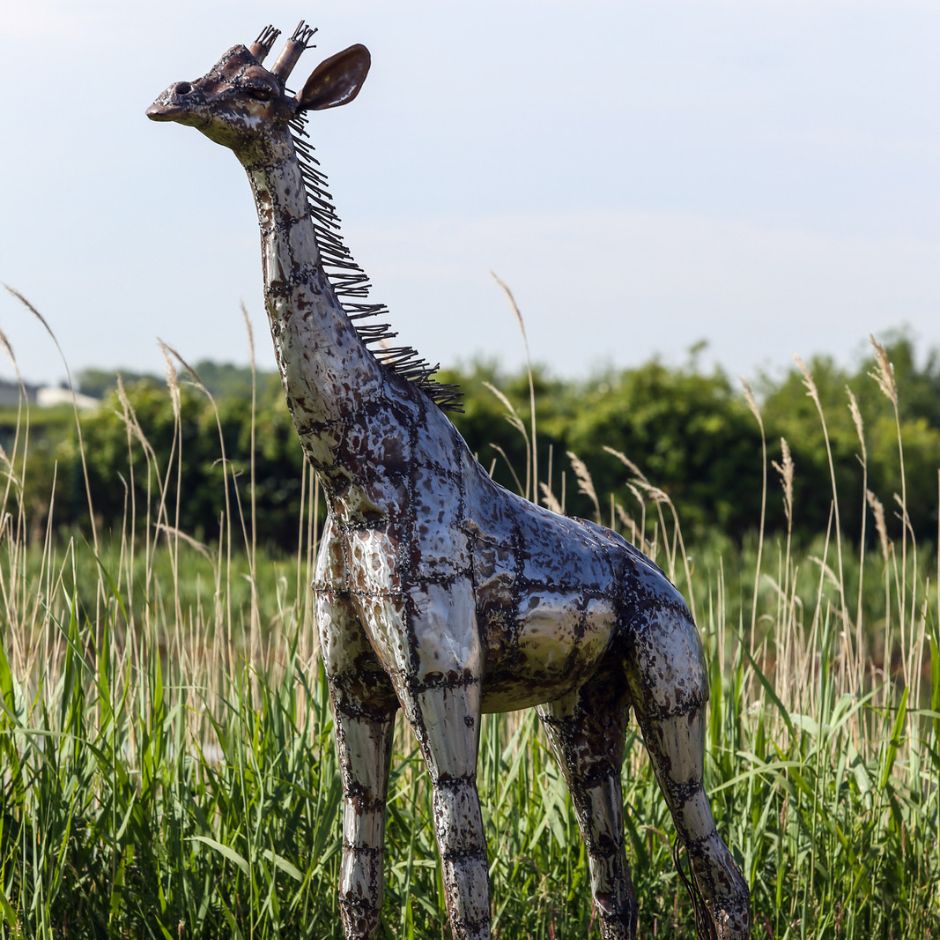
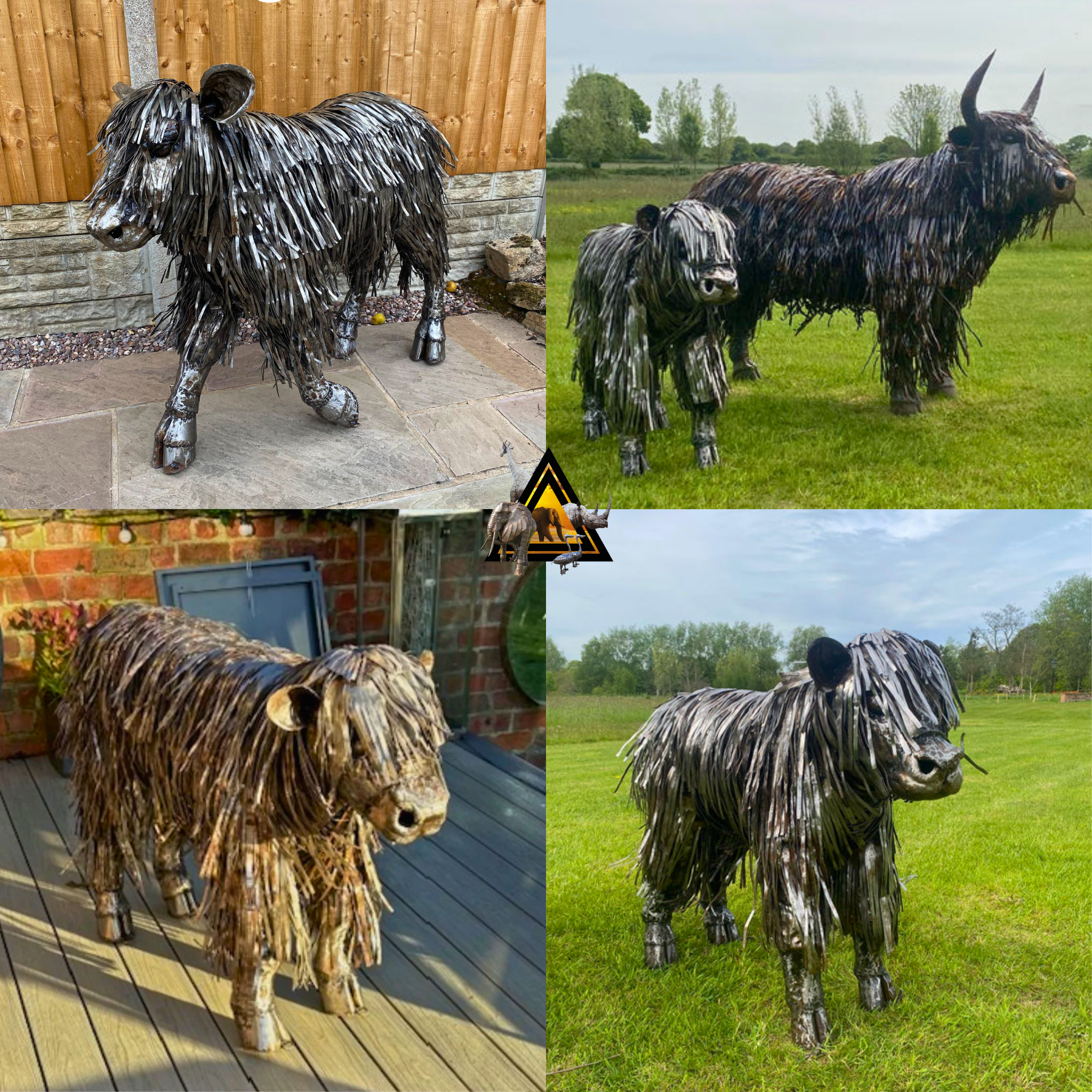



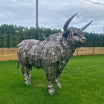
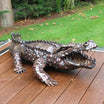







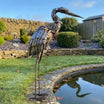

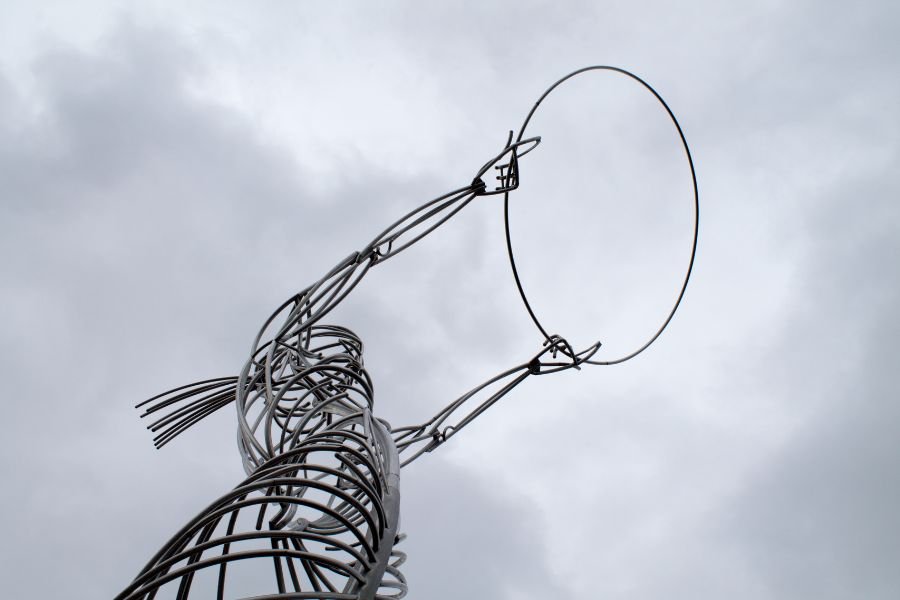

Leave a comment
This site is protected by hCaptcha and the hCaptcha Privacy Policy and Terms of Service apply.